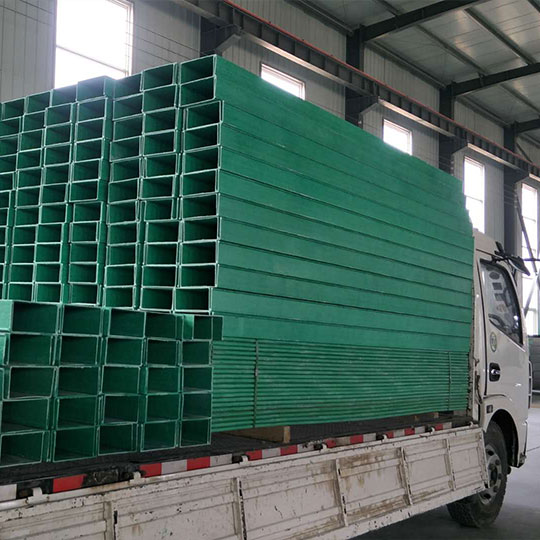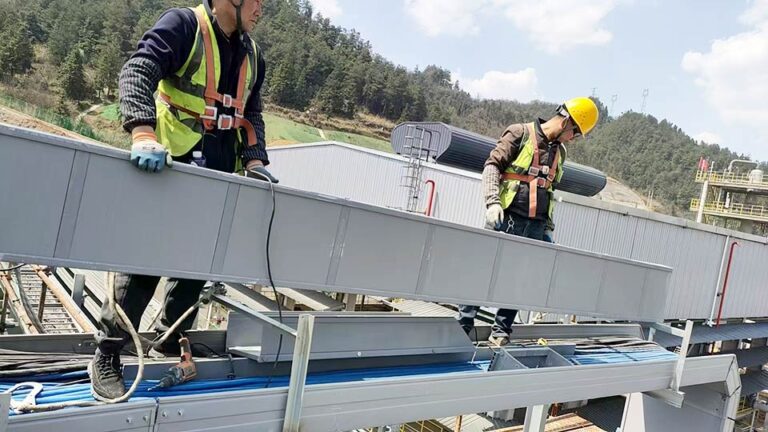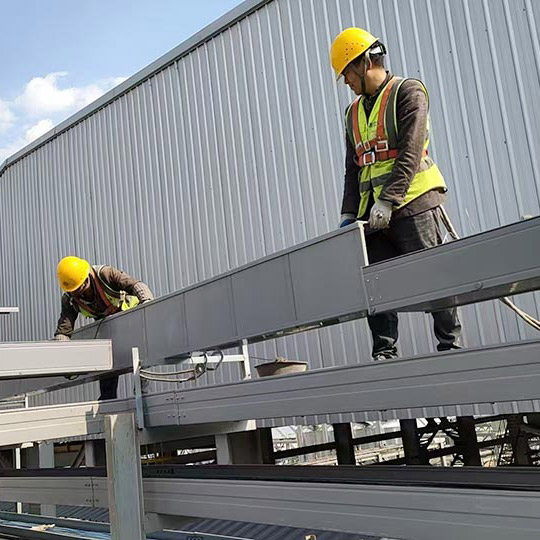Table of Contents
Introduction
Ever wondered what is cable tray and why it’s so essential? A cable tray is a support system designed to house and protect power, data, and communication cables in commercial and industrial settings. Unlike sealed conduits, cable trays offer open, accessible pathways, making it easier to install, inspect, and upgrade wiring. With growing electrical demands and a focus on safety, knowing what cable tray is can transform your infrastructure planning.

What is cable tray and how does it work
A cable tray is a rigid structure, typically made of steel, aluminum, or fiberglass, that supports cables above floors or ceilings. It provides a flat, elevated pathway, reducing clutter and heat buildup. Cable trays simplify cable routing, modification, and growth while keeping cables safe and well-organized.
Types of cable tray and their applications
Here’s a look at common cable tray types and where they shine:
Ladder trays feature side rails and cross rungs, providing excellent ventilation—ideal for heavy power cables and long runs in industrial areas.
Perforated trays include a vented base, balancing airflow and protection for general wiring applications.
Solid-bottom trays offer enclosed protection, making them suitable for sensitive electronics and dusty environments.
Wire mesh baskets are lightweight and flexible, perfect for data centers where cabling changes often.
Channel/trough trays handle smaller wire bundles and local runs where full-sized trays aren’t necessary.
Materials used for cable tray
Choosing the right material ensures durability and suitability:
Galvanized steel is strong and cost-effective for general use.
Stainless steel resists corrosion, ideal for food processing or harsh environments.
Aluminum is lightweight and non-magnetic, perfect for light loads and easy handling.
Fiberglass-reinforced plastic (FRP) is non-conductive and flame-retardant—great for chemical or corrosive settings.
The right material aligns with your environment, load needs, and budget.
Key benefits of cable tray
Cable tray systems offer significant advantages: they provide neat cable organization and quick access, improve heat dissipation for longer cable life, allow easy cable rerouting, and often cost less in labor than conduit installations. They also enhance safety by reducing clutter and minimizing trip risks.
Choosing the right cable tray system
When selecting a cable tray, consider these factors:
Evaluate cable types and load to determine strength needs.
Assess environmental conditions—humidity, chemicals, temperature—and choose materials accordingly.
Plan for airflow and heat management in installations.
Include necessary fittings—elbows, tees, reducers—for clean routing.
Follow applicable standards and codes to ensure safety.
Allow for future expansions in your layout and capacity planning.
Practical installation and maintenance tips
Support trays at proper intervals to prevent sagging.
Separate power and data cables to avoid interference.
Maintain cable bend radius and secure grounding.
Keep trays clean and inspect connections regularly.
Label and group cables for easy troubleshooting.
Real-world applications of cable tray

Cable trays are widely used in:
Power plants and factories, where high-voltage and control cables run together.
Commercial buildings for efficient office wiring and internet routes.
Data centers, where cable density and flexibility are vital.
Energy installations and renewable projects requiring rugged pathways.
Healthcare and labs, where cable hygiene and organization matter.
Conclusion
In summary, understanding what cable tray is and how it functions is vital for modern electrical infrastructure. Cable trays offer superior cable management, safety, scalability, and cost-efficiency. Whether supporting heavy power loads, organizing data cables, or future-proofing a facility, a well-chosen cable tray system is a smart investment.
Ready to upgrade your cable management with expert-designed cable tray solutions? Contact Yidian today to explore custom designs, high-quality materials, and full support from consultation to installation.
FAQ
What is cable tray best used for?
Cable tray is ideal for containing power and data cables in commercial, industrial, or facility environments where accessibility and flexibility are key.
Is cable tray better than conduit?
It’s often better where you need easy cable access, expansion, and cooling—whereas conduit is better for fully enclosed protection.
Can cable tray be used outside?
Yes—choose corrosion-resistant materials and protective covers for outdoor or harsh environments.
Can it handle mixed cable types?
Yes—power and data cables can share trays if properly separated with dividers to prevent interference.
How often should trays be maintained?
Inspect regularly—clean dust, check fixings, and ensure good grounding and airflow every few months.




